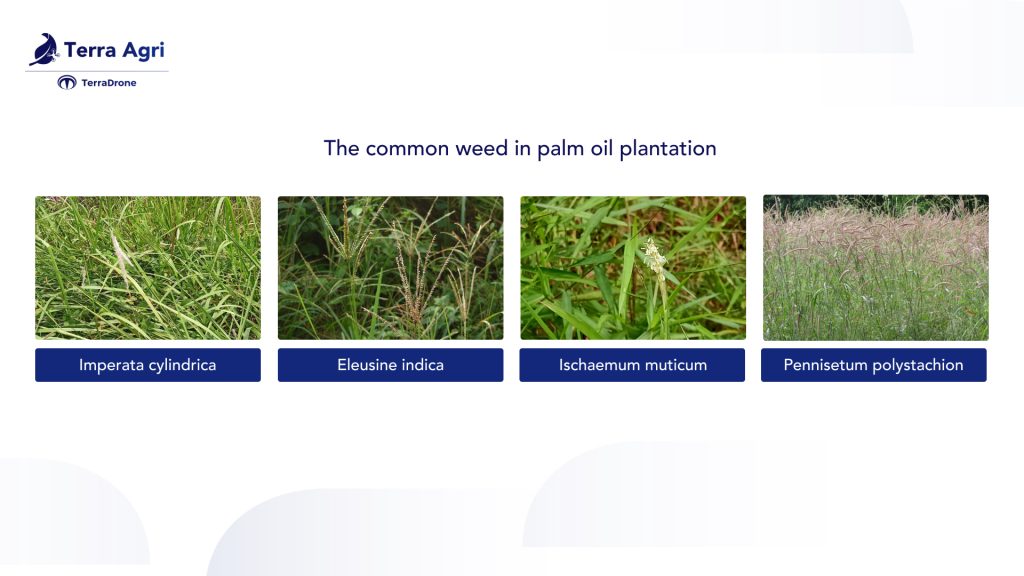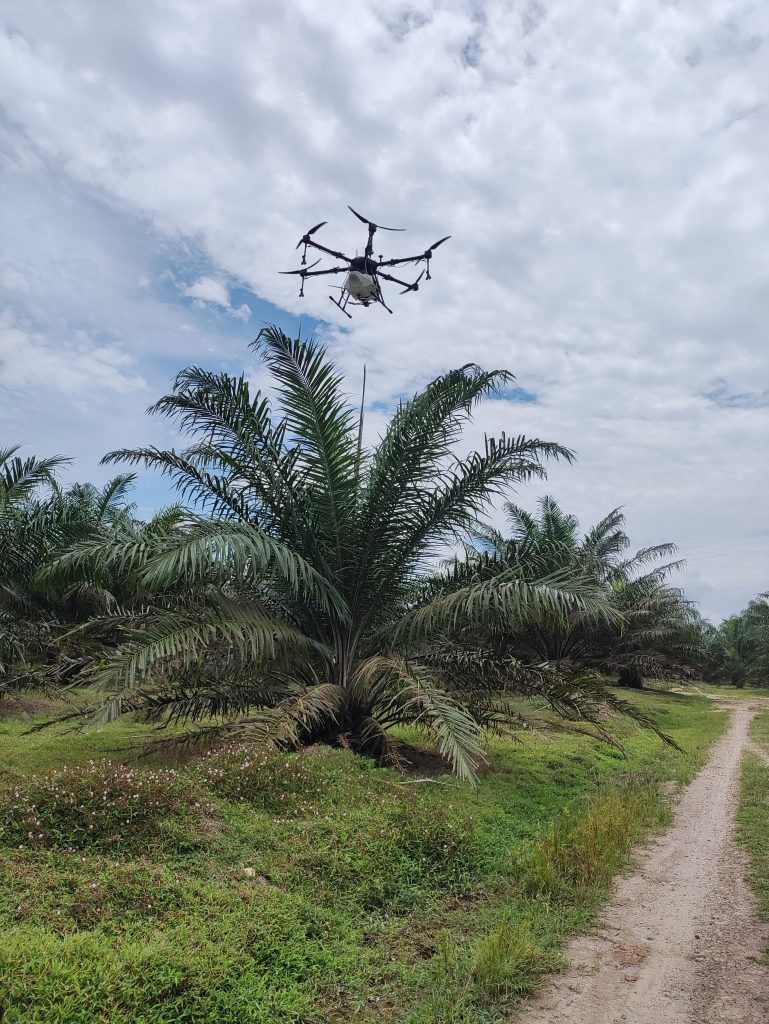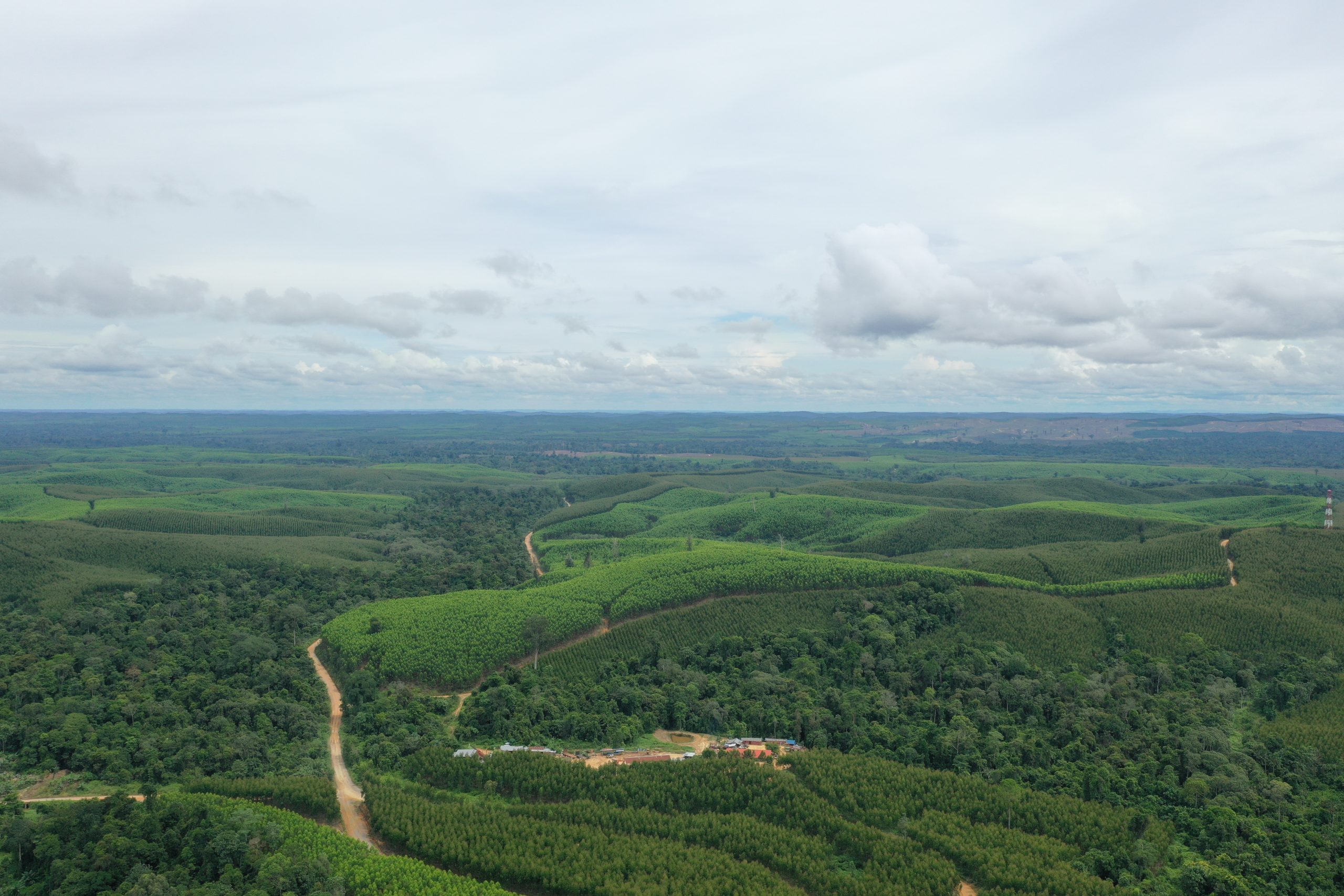Weeds can quickly become a significant challenge in plantation fields as they compete with crops for vital resources like water, light, soil nutrients, and space. This competition can significantly reduce the growth and productivity of plantation crops. Furthermore, the issue is compounded by some weeds resistant to common herbicides, making them notably more challenging to manage. For instance, the velvetleaf has shown remarkable resilience in recently cultivated fields.
When we look at palm oil plantations, the weed problem is consistently prevalent, with these unwanted plants vying directly with the palm oil trees for water and nutrients. The most common grass weed encountered in these settings is Eleusine indica, detected in 82.2% of immature palm oil plantations. Imperata cylindrica also poses a significant challenge in 81.2% of plantations. Not to be overlooked, Ischaemum Muticum and Pennisetum Polystachion are other common weeds found in 71.8% and 67.1% of plantations, respectively. These weeds can severely affect the growth of palm oil trees and pose a significant challenge to farmers aiming to maintain high productivity levels.

The age of palm oil plantations is crucial in influencing weed diversity. In younger palm oil plantations, ranging from 2-6 years old, a wider variety of weed species exists. A specific study has identified as many as 37 weed species thriving in these younger plantations. The enhanced diversity can be attributed to the unique microconditions in younger agricultural environments.
Conversely, older palm oil plantations, those between 17-21 years of age, exhibit significantly reduced weed diversity. Research indicates a stark decrease, with only ten weed species identified in such mature plantations. This decline in diversity reflects the changes in environmental conditions as the plantation ages.
Traditional and Modern Method for Tackling Weeds
Traditional weed control methods, including trunk injections and mist blowers, often require significant labor and financial investment. Specifically, professionals inject chemicals into the trunks of palm trees through trunk injections to manage pests and diseases. Alternatively, mist blowers mounted on trucks disperse pesticides across plantations. However, these approaches tend to suffer from inefficiency and lack precision.
In contrast, smart farming weed detection drones have markedly transformed weed management across extensive plantations. These drones streamline the process by first mapping out and analyzing weed-infested areas. Following this assessment, they precisely target and spray the identified weeds, significantly enhancing the effectiveness and efficiency of weed control operations.
The Process of Weed management using UAVs
Data Collection
First, agriculture drones take to the skies, diligently flying over fields in a carefully planned pattern. They aim to capture the entire area’s high-resolution images and sensor data. This critical phase lays the groundwork for an effective weed management strategy.
Image Processing
Next, the captured images and data journey begin as they undergo detailed processing. Here, cutting-edge technologies like machine learning algorithms, multispectral imaging, and RGB imaging come into play, skillfully differentiating crops and weeds based on their features.
Weed Detection and Mapping
Following the processing phase, all the refined data coalesces into a comprehensive weed map. This map is a digital revelation, pinpointing each weed’s precise location and size. It’s readily available for download as a shape file, seamlessly integrating with machinery for variable rate spraying. This step ensures that weed management is not just a concept but an exact tool in action.
Herbicide Spraying Drones
The now-transformed raw data into a prescription map is a strategic document designating specific areas for targeted spraying. This map directly interfaces with the spray rig display, which commands individual spray sections to activate solely over identified weed areas. The precision of this technology ensures the targeting of pesticide application, conservation of resources, and protection of the environment.
Precision Agriculture Weed Solutions

Incorporating agriculture drones into weed control practices signals a significant leap forward in managing plantations. Through the adept use of drone technology for gathering data, processing images, and executing precision spraying, plantations are poised to secure efficient and pinpointed weed management. This approach not only escalates crop productivity but also champions the cause of sustainable agriculture.
By embracing agricultural drones for weed control, plantations stand to enhance resource management significantly, curtail expenses, and bolster overall crop vitality. Drones promise to unveil even more cutting-edge solutions to contemporary agricultural challenges as technology advances.
FAQ
Drones are changing how palm oil plantations are managed. They can find many issues, like weeds, and make detailed 3D maps for studying soil. These maps are vital for planning seed planting patterns and managing irrigation and nitrogen levels. Drones are also crucial for watching out for fires, much better than manned fire watchtowers and foot patrols. For protecting crops, drones can cover large areas quickly and effectively.
When a drone flies lower, around 40 meters, it takes more explicit pictures and can accurately spot individual weeds. Flying higher, at about 100 meters, makes it harder for the drone to see individual weeds, so it needs to be more accurate. The best altitude for finding weeds with a drone is about 40 meters. The drone strikes a good balance between getting clear pictures and not taking too many at this height.
Palm oil plants thrive with enough water, relying heavily on regular rainfall for optimal growth and production. Rainfall patterns directly impact weed growth in palm oil plantations. When rainfall is sufficient, weeds proliferate, but drought conditions suppress them. Additionally, rainfall affects the variety of weed species in these plantations since each species adapts differently to changes in rainfall.
In palm oil plantations, weeds compete with the main crop for critical nutrients such as nitrogen, phosphorus, and potassium, which are crucial for the plant’s growth, root development, and health. Nitrogen boosts plant growth, phosphorus aids root development, and potassium regulates water balance and supports photosynthesis. This competition can lead to reduced yields and lower oil quality, making effective weed management essential for maintaining productive and profitable palm oil plantations.

